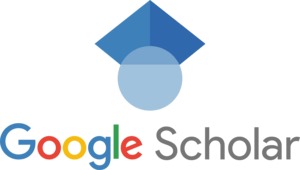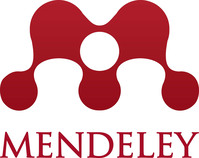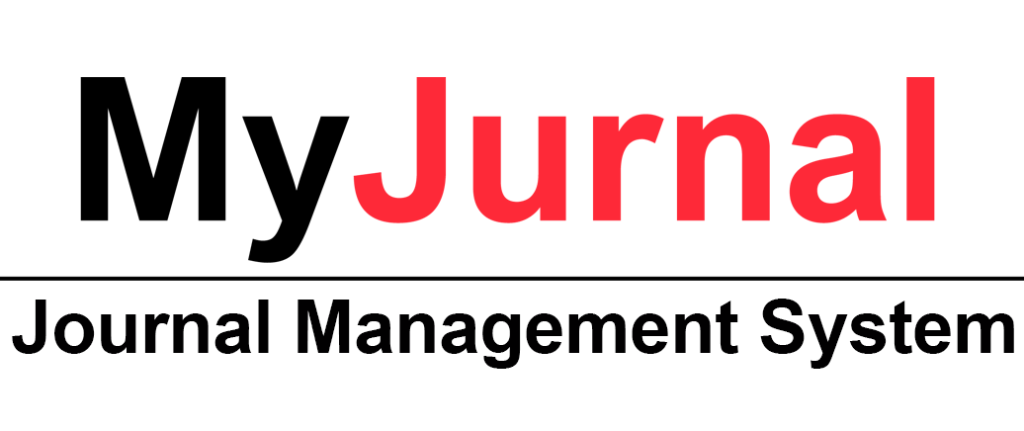The Effect of Reciprocal Teaching on Third Year Nigerian ESL Students’ Mastery of William Faulkner’s “A Rose for Emily”
DOI:
https://doi.org/10.31436/ijes.v10i1.433الكلمات المفتاحية:
Reciprocal teaching ، collaborative learning، literature study، active text processing strategies، true experimentالملخص
This true experimental study examined the effects of reciprocal teaching on 3rd year Nigerian university students’ mastery of “A Rose for Emily,” an English short story famously known for its intriguing plot but difficult narrative style. The subjects were a class of 60 students who were randomly assigned to either the treatment (n = 30) or control group (n = 30) based on the matching of their pretest scores. The experiment was conducted over 12 weeks where the treatment group studied the short story using reciprocal teaching that comprised the activities of summarizing, questioning, clarifying and predicting, while the control group was taught the same story using direct instruction. The subjects' mastery of the literary text was measured in terms of vocabulary, comprehension and recall using a self-developed test. The reliability of the measures ranged from α = 0.60 to α = 0.80. Descriptive statistics and independent samples t-tests were used to analyse the data. The results indicated that RT was very effective in enhancing the subjects’ recall and comprehension of the story and their acquisition of new vocabulary. The treatment group exhibited a significant increase of 67.6 points in their mastery of the short story compared to a significantly lower gain of 44.9 points by the control group. The effect size of the treatment was very large at Cohen’s d = 4.76. The results supported the use of active text processing strategies and social group interaction in facilitating students’ learning of literature as purported by Vygotsky’s social constructivist theory.
المقاييس
التنزيلات
منشور
كيفية الاقتباس
إصدار
القسم
الرخصة
الحقوق الفكرية (c) 2022 IIUM Press, International Islamic University Malaysia

هذا العمل مرخص بموجب Creative Commons Attribution 4.0 International License.
The Journal will own copyright to all published works and have the right of first publication, both in print and online, unless other arrangements are made with the Editors in advance. It is the author`s responsibility to ensure that where copyright materials are included within an article the permission of the copyright holder has been obtained beforehand.





















